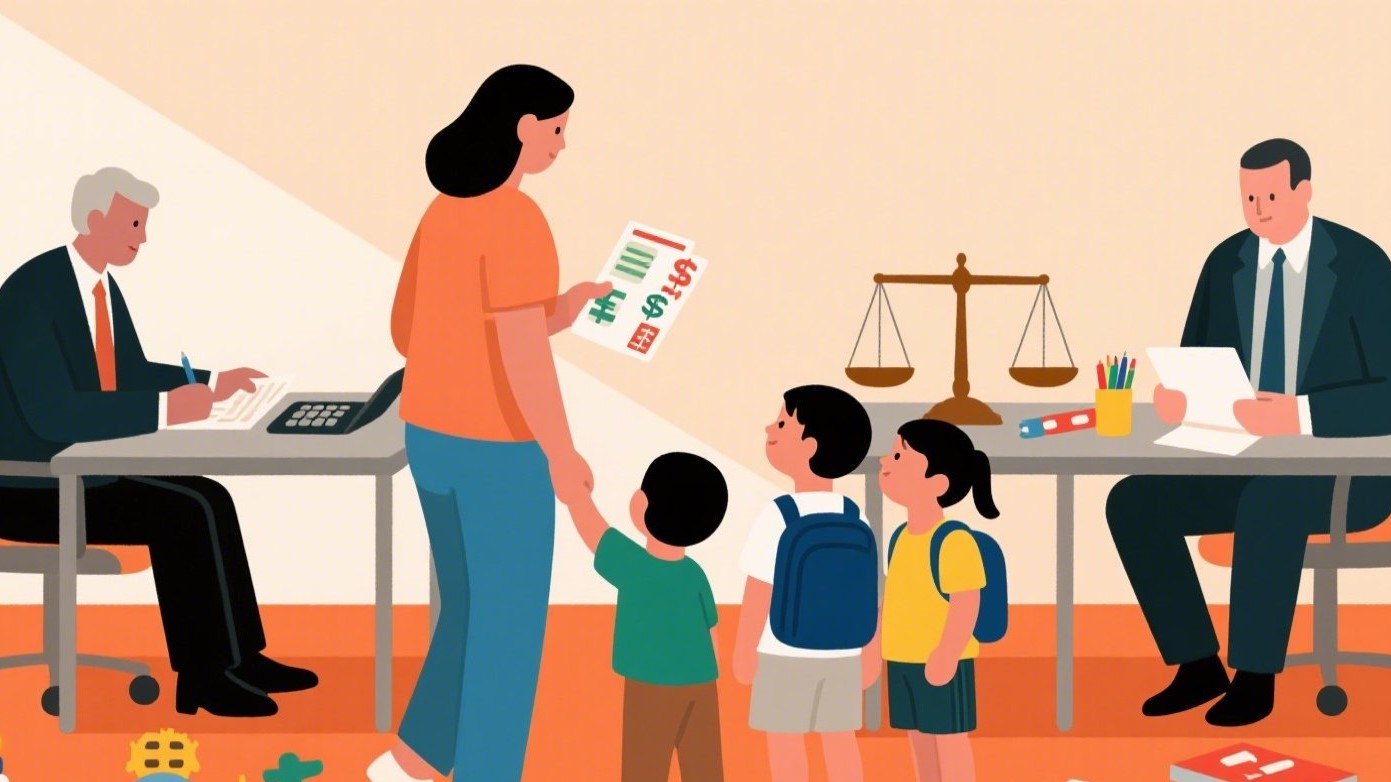Experts and parents call for an overhaul to reflect real-world costs of raising children.
Australia’s child support system is under scrutiny, with mounting criticism that it no longer reflects the true cost of raising a child in today’s economy. The government has launched a review, acknowledging a growing debt crisis and widespread dissatisfaction with the current payment formula.
📉 An Outdated System Failing Families
Critics say the current child support model is outdated and disconnected from modern financial realities. Rising living costs, educational expenses, and medical needs—especially for children with disabilities—are not adequately factored into the system.
Key concerns include:
- The “Cost of the Children” table has not kept pace with inflation
- Public school-related costs like laptops and uniforms are overlooked
- Essential weekday expenses for primary caregivers are ignored
- The system underestimates medical, therapy, and care needs for special-needs children
💸 A Growing Debt Crisis
Roughly one-third of parents in the child support system—an estimated 218,000 people—are in arrears, owing a staggering $1.7 billion in unpaid child support. Last year alone, the gap between what was owed and what was collected grew by $50 million.
According to Professor Kay Cook from Swinburne University of Technology, many parents only pay the minimum $9.50 per week, which hasn’t adjusted for Australia’s escalating cost of living. This contributes to deepening poverty, especially for single mothers, who are statistically more affected by child support shortfalls.
🧑⚖️ The Government’s Response
In response, a Child Support Expert Panel has been established to review the formula for calculating payments. Their mandate includes updating the Cost of the Children Table and considering:
- Real childcare and educational expenses
- Healthcare costs and special needs services
- Adjustments for blended family dynamics
- Economic factors like inflation and wage growth
Economist Associate Professor Ben Phillips suggests aligning the child support model with methods used to calculate aged pensions—by indexing it to both wages and inflation.
💬 Voices from the Ground
- Single mother Caroline Page says essential costs like school laptops and updated uniforms are routinely ignored.
- Phoebe Wallish of Stepfamilies Australia stresses that blended families also suffer under a rigid system that doesn’t account for their unique needs.
- Professor Bruce Smyth of ANU is part of the expert panel and says the aim is to resolve longstanding anomalies in the formula and offer fairer alternatives.
✅ What’s Next?
As the panel moves forward, reforms may include:
- Streamlined payment systems
- Stricter enforcement of compliance
- Updated support mechanisms reflecting the real cost of raising children
There’s cautious optimism that this overdue reform could finally bring equity, financial relief, and justice to Australia’s child support system—making it work better for both caregivers and children.








